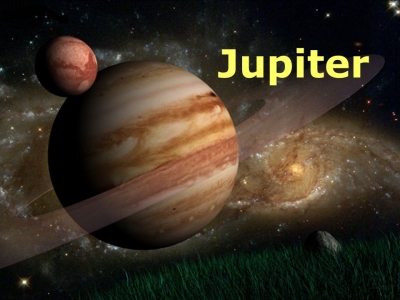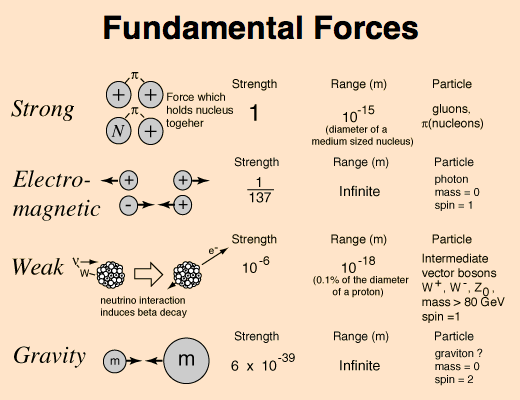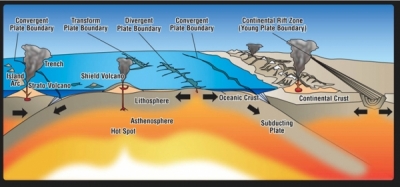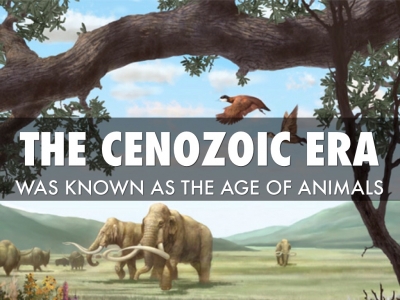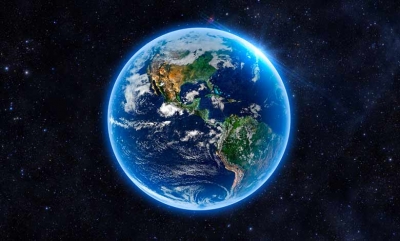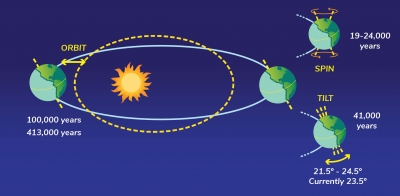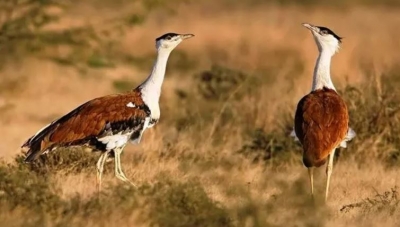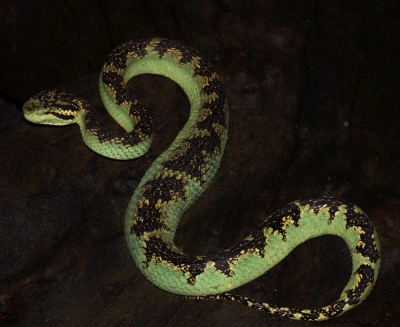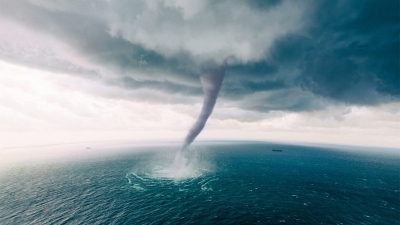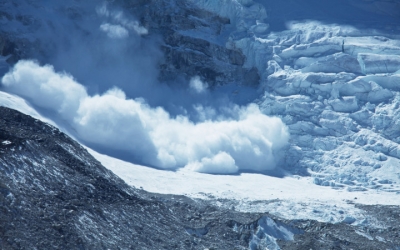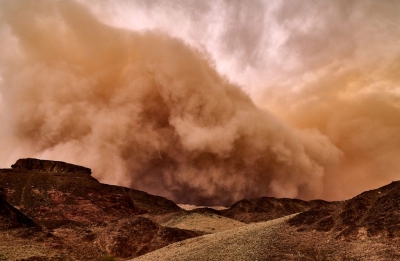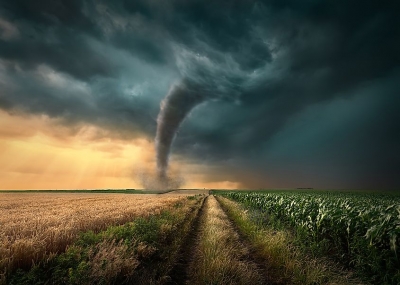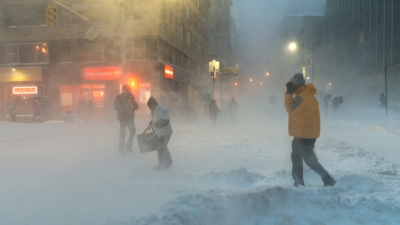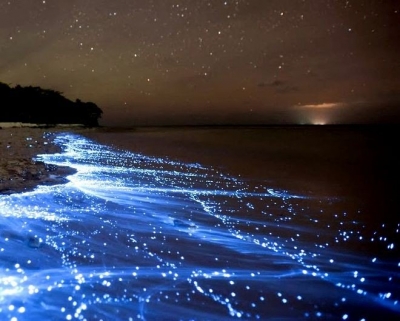What is the concept of the first british atomic bomb?
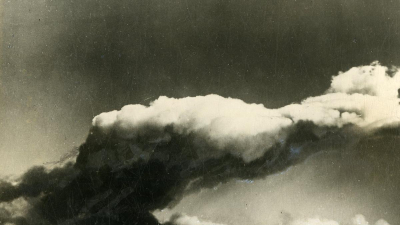
Like it or not, science and technology sees unprecedented growth during dire times. This is probably because funding flows into different branches of science like never before, allowing for progress inconceivable during ordinary times. Just like how the COVID-19 pandemic saw a global collective search for vaccines, there have been other times in the past - mostly during wars - when a number of scientific fields received a tremendous boost.
World War II was one such period when scientific progress was at its pinnacle. The ability to split an atom through nuclear fission was discovered in the 1930s. With its ability to release immense power realised, it wasn't long before the race to build a bomb with it was on. The Manhattan Project was born early in the 1940s and we all know what happened in Japan's Hiroshima and Nagasaki.
To retain influence
While the Manhattan Project was led by the U.S., it was done in collaboration with the U.K. along with support from Canada. Following the war, however, the U.S. refused to share atomic information with the U.K. With the objective of avoiding complete dependence on the U.S., and to remain a great power and retain its influence, Britain sought to become a nuclear power.
The prospect was discussed in a secret cabinet committee in October 1946. While Chancellor of the Exchequer Hugh Dalton and President of the Board of Trade Stafford Cripps were opposed to the idea of a British bomb citing the huge costs involved, Secretary of State for Foreign Affairs Ernest Bevin had his way and work went ahead. By the time the bomb was ready, however, Winston Churchill's government came to power.
Penney at the helm
Led by British mathematician William Penney, who had worked on the world's first atomic bomb in the U.S., the project that went on to become Operation Hurricane began with a secret laboratory tasked with developing the trigger device. With the Soviets managing to successfully explode their first atomic bomb in 1949, Penney's team was under further pressure. Soon enough, the Brits were ready with their bomb.
Early in 1951, the Australian government agreed that the blast could take place at the uninhabited Monte Bello islands, an archipelago of over 100 islands lying off the coast of north-western Australia. The region was declared a prohibited zone and ships and aircraft were later warned to stay clear of an area of 23,500 nautical square miles off the coast.
Plym carries the bomb
The troops were mobilised, the first set of vessels left for their destination in January 1952 and six months later HMS Plym, carrying the bomb, and the fleet flagship HMS Campania, made their way. The radioactive core, which used British and Canadian plutonium, was flown out later, and installed in the bomb on Plym very close to the scheduled detonation.
On the morning of October 3, 1952, Britain's first atomic bomb exploded, sending thousands of tonnes of rock, mud, and sea-water blasting into the air. The Plym was instantly vaporised, with scant bits of red-hot metal from the vessel falling on one of the islands even starting a fire.
An eye-witness account of a Reuters correspondent stationed less than 100 miles away mentions a grand flash followed by the appearance of a grey cloud-a zigzag Z-shaped cloud as opposed to the mushroom cloud that we instantly associate with such detonations.
The success of Operation Hurricane resulted in Penney being knighted. Churchill, who was serving as the Prime Minister of the U.K. for a second time, announced to the House of Commons that there had been no casualties and that everything had gone according to plan. While he did congratulate the Labour Party for their role in the whole project, he also did take a dig at them saying that 'as an old parliamentarian I was rather astonished that something well over £100 million could be disbursed without Parliament being made aware of it.'
Like it or not, science and technology sees unprecedented growth during dire times. This is probably because funding flows into different branches of science like never before, allowing for progress inconceivable during ordinary times. Just like how the COVID-19 pandemic saw a global collective search for vaccines, there have been other times in the past - mostly during wars - when a number of scientific fields received a tremendous boost.
World War II was one such period when scientific progress was at its pinnacle. The ability to split an atom through nuclear fission was discovered in the 1930s. With its ability to release immense power realised, it wasn't long before the race to build a bomb with it was on. The Manhattan Project was born early in the 1940s and we all know what happened in Japan's Hiroshima and Nagasaki.
To retain influence
While the Manhattan Project was led by the U.S., it was done in collaboration with the U.K. along with support from Canada. Following the war, however, the U.S. refused to share atomic information with the U.K. With the objective of avoiding complete dependence on the U.S., and to remain a great power and retain its influence, Britain sought to become a nuclear power.
The prospect was discussed in a secret cabinet committee in October 1946. While Chancellor of the Exchequer Hugh Dalton and President of the Board of Trade Stafford Cripps were opposed to the idea of a British bomb citing the huge costs involved, Secretary of State for Foreign Affairs Ernest Bevin had his way and work went ahead. By the time the bomb was ready, however, Winston Churchill's government came to power.
Penney at the helm
Led by British mathematician William Penney, who had worked on the world's first atomic bomb in the U.S., the project that went on to become Operation Hurricane began with a secret laboratory tasked with developing the trigger device. With the Soviets managing to successfully explode their first atomic bomb in 1949, Penney's team was under further pressure. Soon enough, the Brits were ready with their bomb.
Early in 1951, the Australian government agreed that the blast could take place at the uninhabited Monte Bello islands, an archipelago of over 100 islands lying off the coast of north-western Australia. The region was declared a prohibited zone and ships and aircraft were later warned to stay clear of an area of 23,500 nautical square miles off the coast.
Plym carries the bomb
The troops were mobilised, the first set of vessels left for their destination in January 1952 and six months later HMS Plym, carrying the bomb, and the fleet flagship HMS Campania, made their way. The radioactive core, which used British and Canadian plutonium, was flown out later, and installed in the bomb on Plym very close to the scheduled detonation.
On the morning of October 3, 1952, Britain's first atomic bomb exploded, sending thousands of tonnes of rock, mud, and sea-water blasting into the air. The Plym was instantly vaporised, with scant bits of red-hot metal from the vessel falling on one of the islands even starting a fire.
An eye-witness account of a Reuters correspondent stationed less than 100 miles away mentions a grand flash followed by the appearance of a grey cloud-a zigzag Z-shaped cloud as opposed to the mushroom cloud that we instantly associate with such detonations.
The success of Operation Hurricane resulted in Penney being knighted. Churchill, who was serving as the Prime Minister of the U.K. for a second time, announced to the House of Commons that there had been no casualties and that everything had gone according to plan. While he did congratulate the Labour Party for their role in the whole project, he also did take a dig at them saying that 'as an old parliamentarian I was rather astonished that something well over £100 million could be disbursed without Parliament being made aware of it.'
Picture Credit Google
